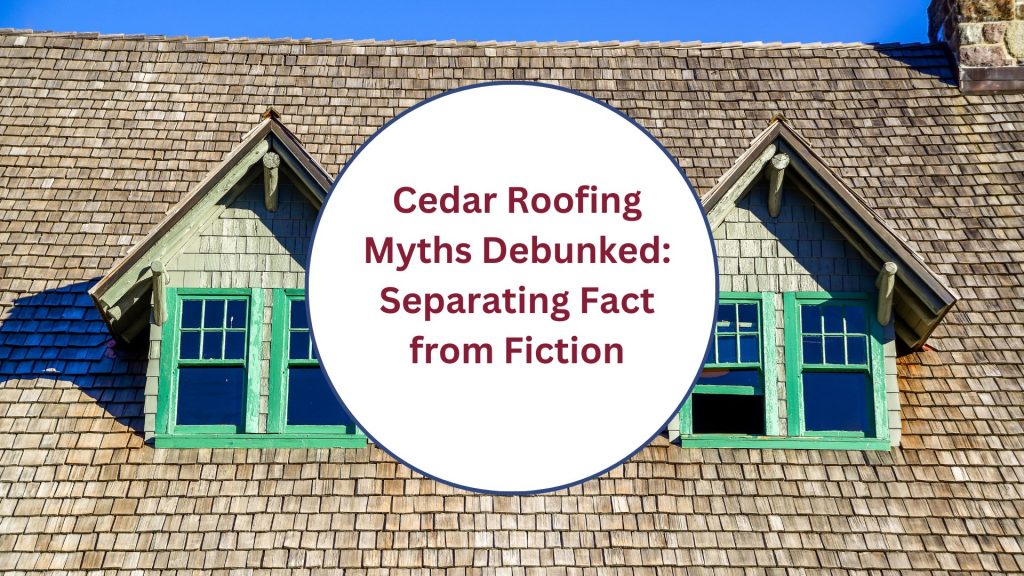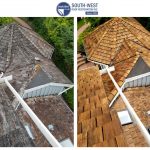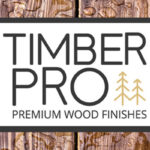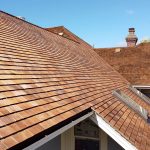Cedar roofing has long been revered for its natural beauty, durability, and sustainability. However, despite its popularity, there are several myths and misconceptions surrounding cedar roofs that continue to persist. In this blog post, we’ll debunk some of the most common cedar roofing myths and provide expert insights to help homeowners make informed decisions about their roofing options.
Myth #1:
Cedar Roofs Are Prone to Rot and Decay Fact: While cedar is a natural material that can be susceptible to decay if not properly maintained, cedar roofs are not inherently prone to rot. With routine maintenance, including regular inspections, cleaning, and treatments, cedar roofs can withstand the elements and last for decades. Proper ventilation and drainage are also essential for preventing moisture buildup, which can contribute to rot and decay.
Myth #2:
Cedar Roofs Require High Maintenance Fact: While cedar roofs do require some maintenance to preserve their appearance and performance, the level of maintenance is often exaggerated. With periodic cleaning, treatment, and inspections, cedar roofs can remain in excellent condition with minimal effort. Advances in roofing technology, such as protective coatings and treatments, have made cedar roofs more resistant to damage and decay, reducing the need for frequent maintenance.
Myth #3:
Cedar Roofs Are Prone to Fire Fact: Contrary to popular belief, cedar roofs are not inherently more flammable than other roofing materials. Cedar shakes and shingles are actually classified as Class B or C fire-rated materials, meaning they offer moderate to high resistance to fire. Additionally, cedar’s natural oils and resins act as a natural fire retardant, further reducing the risk of fire spread. However, it’s essential to adhere to local building codes and regulations regarding fire-resistant roofing materials and installation practices.
Myth #4:
Cedar Roofs Are Expensive to Install Fact: While cedar roofing materials may have a higher upfront cost compared to asphalt shingles or metal roofing, the long-term value and benefits of cedar roofs often outweigh the initial investment. Cedar roofs offer exceptional durability, longevity, and aesthetic appeal, making them a worthwhile investment for homeowners seeking a high-quality roofing option. Additionally, cedar roofs can enhance the curb appeal and resale value of a home, further offsetting the initial cost of installation.
Myth #5:
Cedar Roofs Are Not Environmentally Friendly Fact: Cedar roofing is considered one of the most environmentally friendly roofing options available. Cedar is a renewable resource that is sustainably harvested from responsibly managed forests. Unlike petroleum-based roofing materials, cedar is biodegradable and can be recycled at the end of its lifespan. Additionally, cedar roofs provide natural insulation, helping to reduce energy consumption and lower heating and cooling costs.
In conclusion, cedar roofing offers a host of benefits, debunking many common myths and misconceptions surrounding this timeless roofing material. By understanding the facts about cedar roofing and working with experienced professionals like South-West Roof Restoration Inc., homeowners can make informed decisions and enjoy the beauty and durability of cedar for years to come. Contact us today to learn more about cedar roofing options and maintenance services tailored to your needs.







